A Street Art Scene Like No Other
Wallea Eaglehawk
April 2023
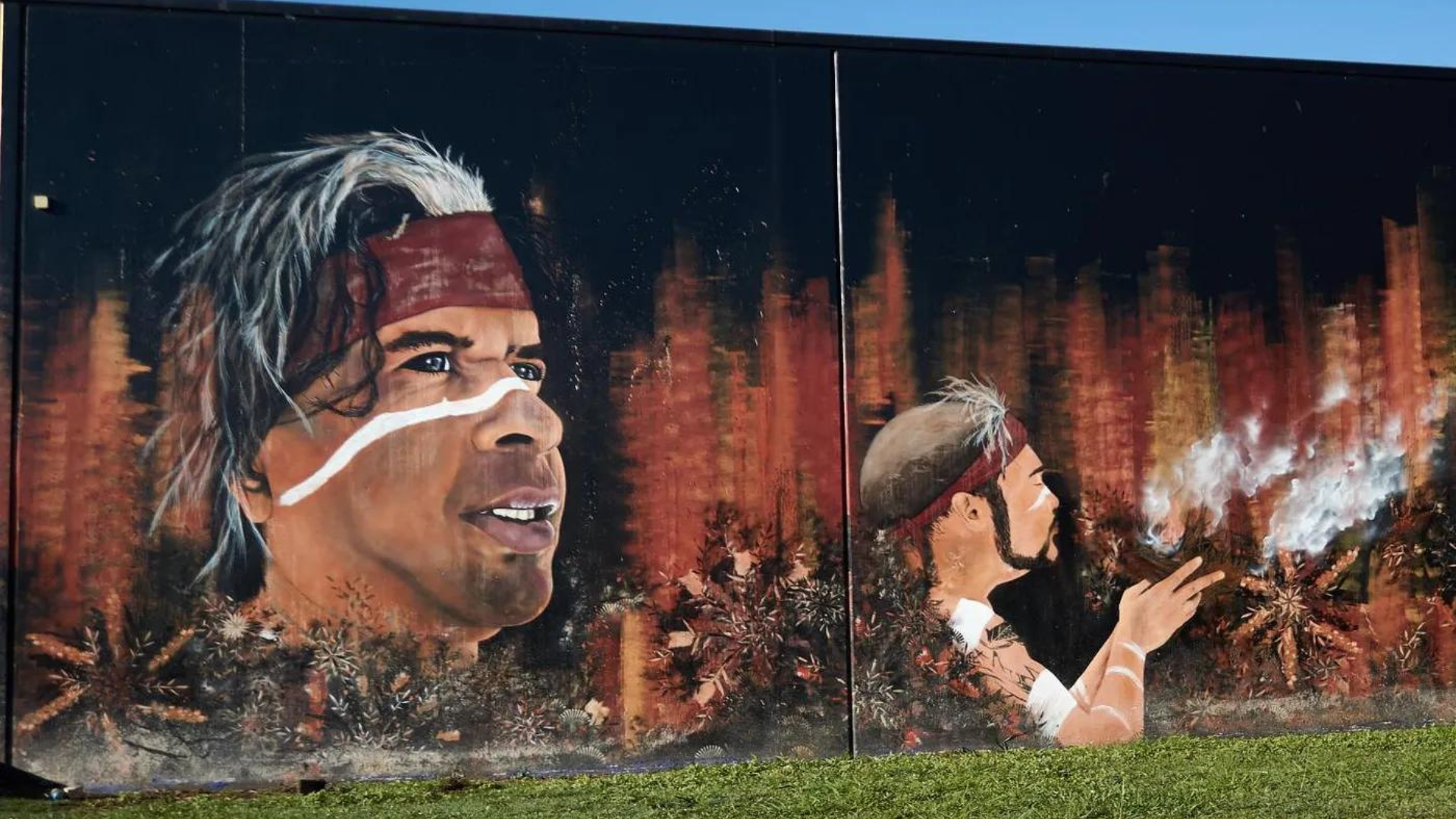
When given the task of introducing people to Nambour, I have a tried-and-true method. Sneakers on and phones at the ready, we walk through the streets sipping on coffee –Small Change Espresso is best suited for such an adventure and I show them the soul of the town.

The culture of Nambour is hidden in plain sight, but sometimes you have to look a little closer to really see it.
On lamp posts, benches, street corners and alleyways lies the pulse of the former-sugar cane giant. Stickers, spray paint, brushwork, clay, wool, MDF, paper, anything that sticks or stays, really.
That’s what we’re here to see. Street art, murals, paste-ups, installations and graffiti occupy spaces around town in a way that is distinctly … Nambour.
There are large-scale works funded by local council and businesses–eight of which I had the pleasure of curating and coordinating–and an ever-evolving gallery of individually initiated pieces that meld together to tell the contemporary history of the town.
Someone who has contributed greatly to the street art scene in Nambour is local artist, Humble Dumpling. A painter, illustrator, sculptor of wood and ceramic, a poet, and a rapper, Humble moved to Nambour in 2010.
He was originally drawn to street art because “there was something profoundly fascinating and ambiguously esoteric about [street art as a] visual discourse; taking place in common spaces, but broadly ignored or overlooked by the vast majority of passers by.” He wanted to share his voice and his perspective in a way that could inspire others and he chose Nambour as his canvas.
According to Humble, Nambour’s street art scene is so different to everywhere else because “we’ve managed to maintain a living connection to the natural world.”
This connection between natural and urban provides an unusual, often liminal space, at the convergence of the city and the subtropics. Perhaps, then, this is why I take newcomers to the streets for a walking tour.
It’s something that can only be felt and seen from the concrete and bitumen, with forests perched on the horizon beyond the store fronts and buildings.
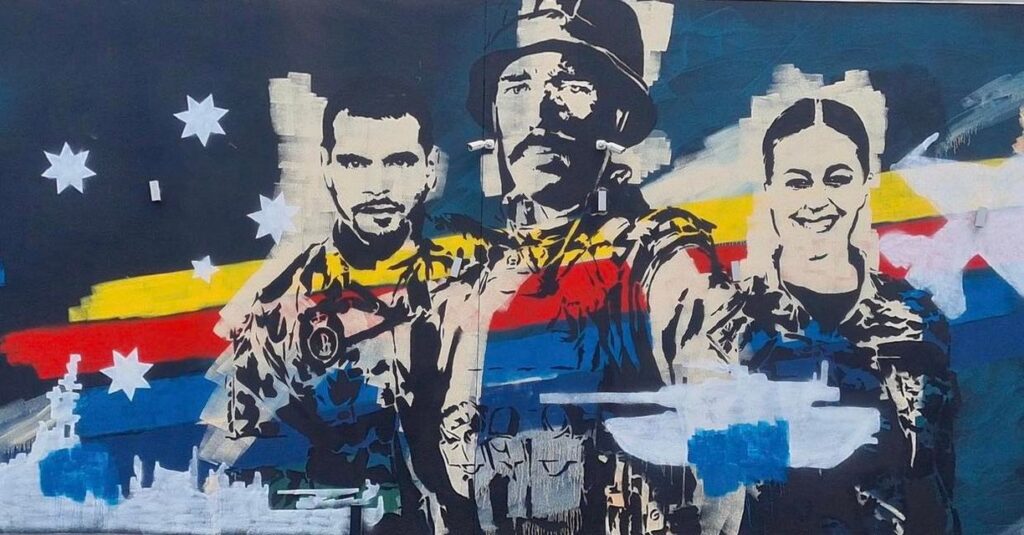
Not only is Nambour’s street art a major pull for outsiders, but it provides a cultural pulse for, and of, the townspeople. A status update, a vibe check, an indication of what’s happening in the here and now.
When people come to look at Nambour’s street art, they’re looking at its living history. It’s rich, it’s bold, and it pushes boundaries. It is from the people, to the people. From the streets, to the streets, if you like. It’s art in its most pure and accessible form. Anyone can participate and anyone can enjoy. Simple, but powerful.

When giving my ‘welcome to Nambour’ tour, I start by walking out from Small Change and going to the forecourt across the road. It’s here that Alison Mooney’s Golden Ratio Rainforest adorns the front of the library.
Then, I turn to Currie Street and cross the road to see EJ Zyla’s Bird Shapes Unfolding that sits along the wall of the old Dixon’s Bakery.
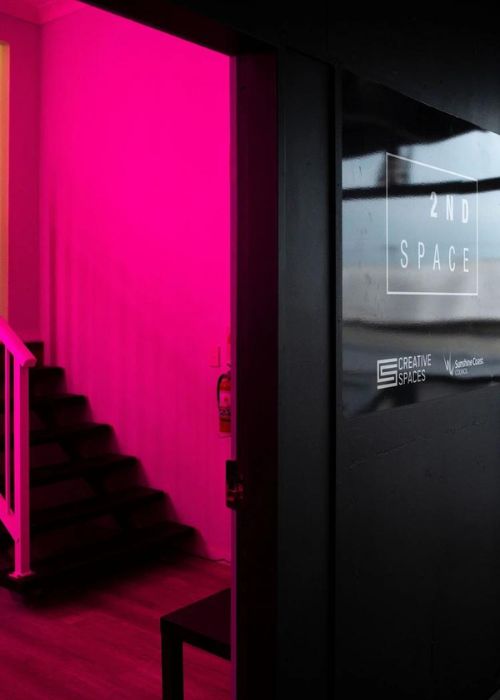
Turning right onto Howard Street, there’s an alleyway after the co-op that leads to 2nd Space. It features a wide range of small pieces from locals and visitors, an active pulse point. Currently, you can find a number of Humble’s ceramics at the entrance to the alleyway, including a brilliant Arnott’s scotch finger.
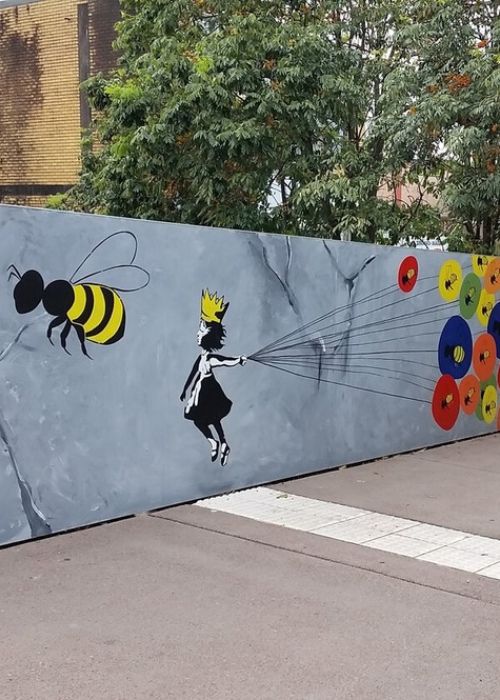
Crossing the road to Queen Street, there’s a mural running the length of the corner building by Eve Mia, LEF and René Danika. Not far away is Queen Bee by Mieke Salna that was painted with at-risk local youth. I take a left at the bottom of Queen and visit Mr Mupz’s blue forest portal down an alley off Lowe Street.

I head back up to Currie Street and head to C-Square and the train station to see work from Simon Degroot, MAN.DE and The Brightsiders. I keep walking, and just like that, I’m back at Small Change where I started. And that barely begins to scratch the surface of what can be seen in Nambour.


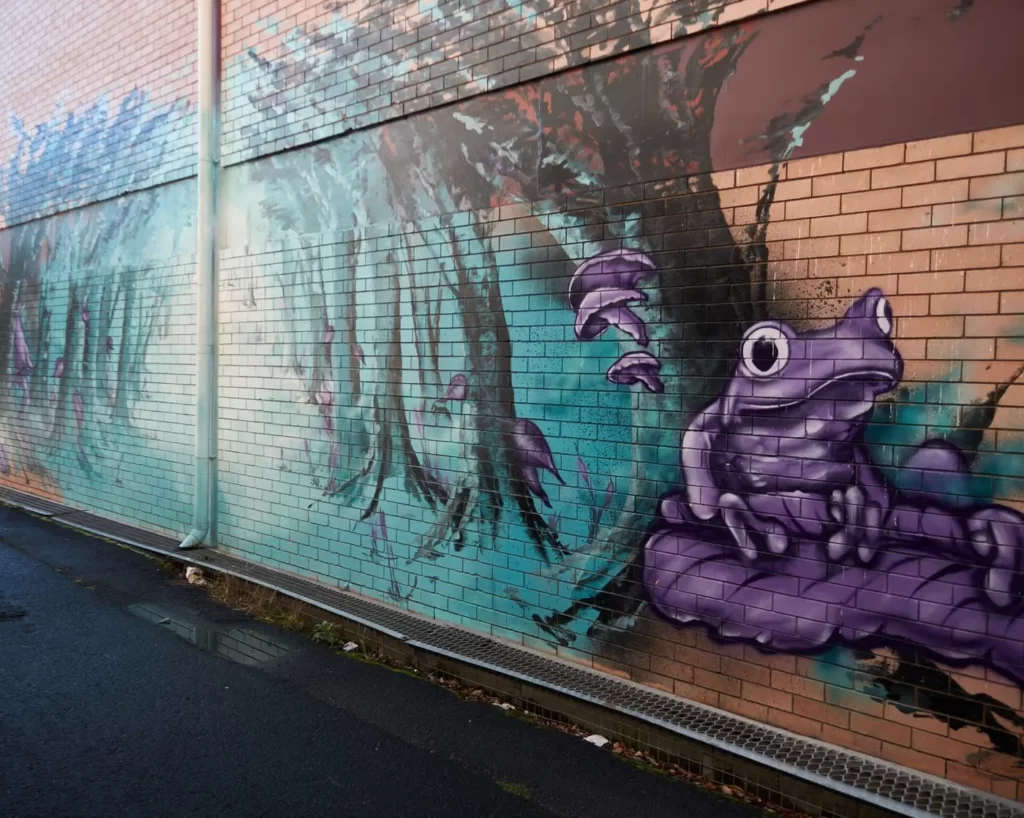
Nambour’s street art is truly something that has to be discovered to be understood. My words won’t do it justice, nor will photos or anything else but your own two eyes looking with your feet planted firmly on Nambour turf.
There’s no specific guide to follow (though this map is a great starting point), and a piece that is there today might be gone by tomorrow. That’s the beauty of it, you’ve got to experience it all for yourself.
Walk the streets, maybe get a little lost, and you’ll find art. You’ll find connection. You’ll find nature. And while you’re walking, you’ll find the true essence of Nambour, right where you are.